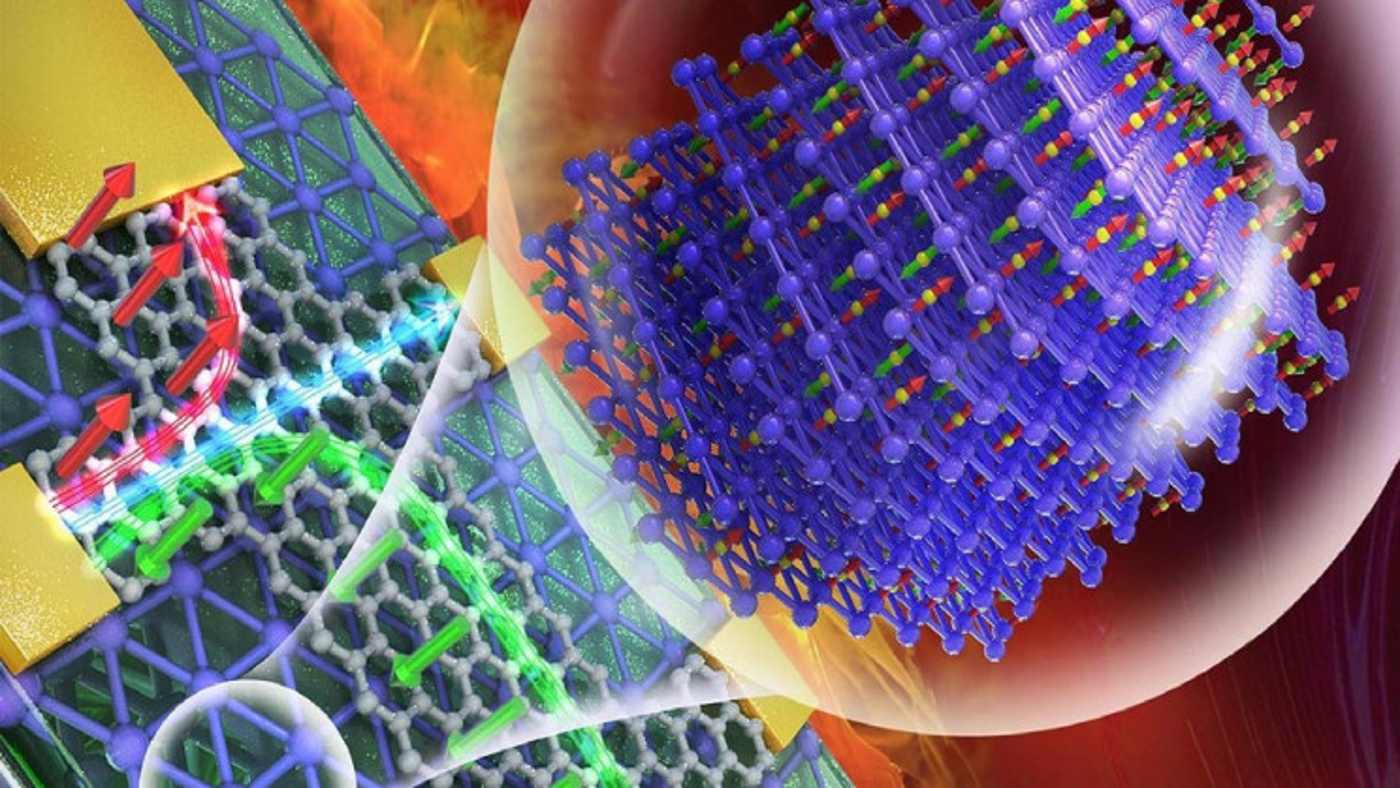A new type of transistor used in technology such as phones, televisions and petrol bowsers could make a massive impact on digital energy use, according to physicists.
A $US20 million funding project has resulted in a potentially groundbreaking discovery, following a dramatic reduction in energy footprint at the Nebraska University’s trials.
In layman’s terms, a transistor receives an electrical or energy current and sends it in one, or multiple directions.
Digital energy is generated by real time information exchanged between energy suppliers and consumers (e.g., fuel and electricity).
By swapping out silicone (the common material used for a transistor) for graphene, physicists were able to determine those similar malleable quantities could result in a further reduction in digital energy.

Nebraska University Professor of Physics and Astronomy Peter Dowben and his team have created the new design.
“Now that it works, the fun begins, because everybody’s going to have their own favorite 2D material, and they’re going to try it out,” Dowben said.
“Some of them will work a lot, lot better, and some won’t.
“But now that you know it works, it’s worth investing in those other, more sophisticated materials that could.
“Now everybody can get into the game, figuring out how to make the transistor really good and competitive and, indeed, exceed silicon.”
The end goal is for the material to be accessible for all companies, in an aim to reduce digital energy use across the globe.
“This potentially gives you huge fidelity at very little energy cost,” Prof. Dowben explained.
There are announcements expected to follow in the coming months.





